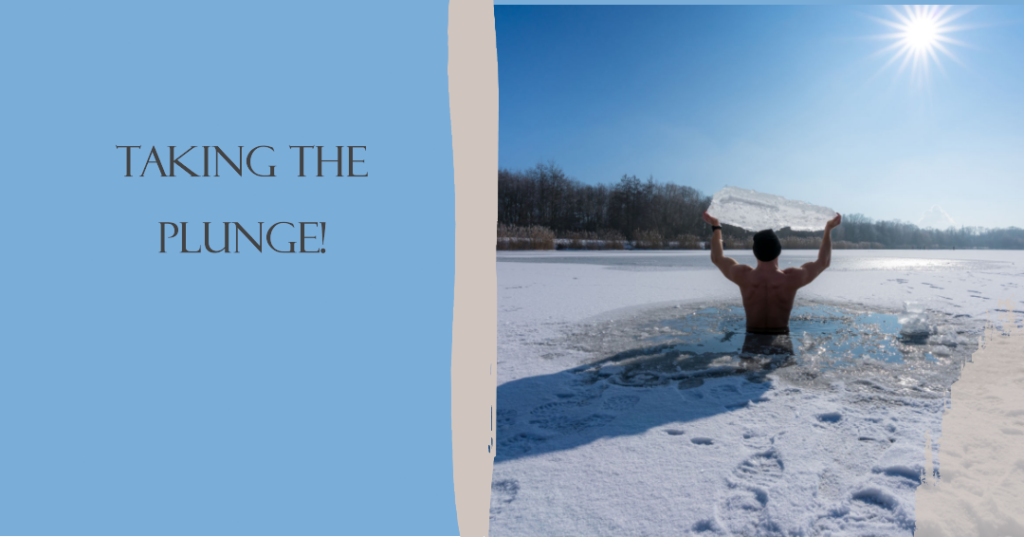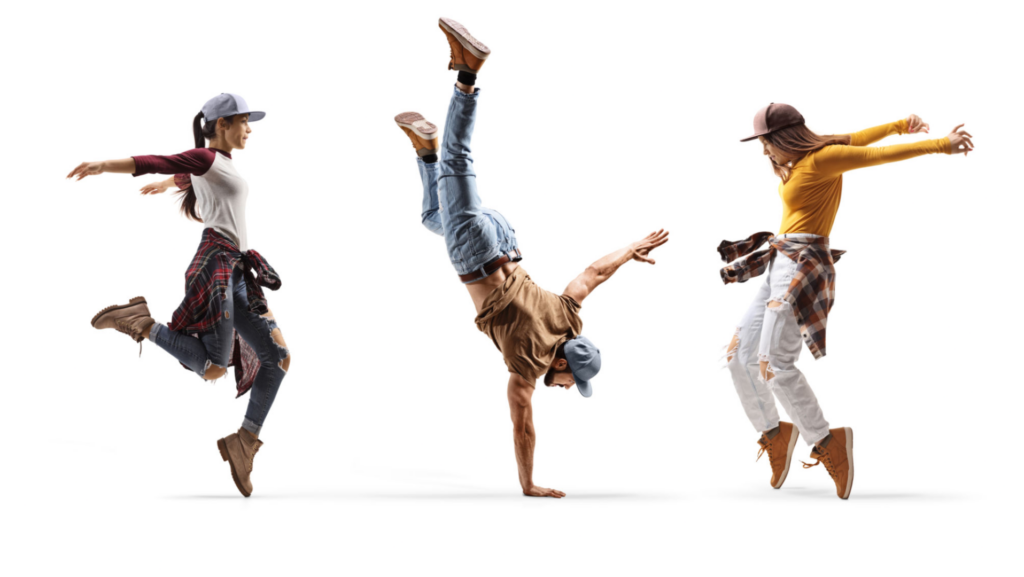The butt is made up of three glute muscles of which the gluteus maximus is the largest and most superficial.
The Gluteus maximus is normally one of the strongest muscles in your body.
Pretty much every athletic movement is heavily dependant on the glutes. It is therefore considered as the most important muscle for overall athleticism.
That aside a well-developed butt is probably one of the sexiest muscles in both men and woman. So, what is the best way to develop your butt?
Below are some of the best scientifically proven exercises to build your glute muscles.
Glute isolation

Activation in the glutes is often partial or restricted. Before you start, warming up is recommended to activate the mind-body connection and get your glutes firing.
Doing activation drills to isolate the glutes will let the activation carry over to heavier compound exercises (1).
A good warm-up is to use a rubber band to provide resistance while separating the legs. Another way of isolating the glutes is to do a few lightweight reps on the abduction machine.
The squat

The squat is one of the most popular exercises to develop glutes. However, there are more than a couple of studies that have shown that the quadriceps activates way more than the glutes during squats (2) (3).
Another element to consider is that contrary to popular belief, deep squats don’t actually lead to more glute muscle grow than normal squats. According to literature, when you assign a relative load, glute muscle activation is actually the same (4).
With that in mind there are 3 things you can do to make your squats more glute focussed:
- Point your toes out -This engages the glutes more
- Take a wider stance – A study suggests that during back squats a large width is necessary for greater glute activation (2).
- Sit back – Sit back as much as you can, similar to how you would sit back in a smith machine. Multiple studies have shown that the smith machine increases glute activation (5).
Hip Thrust is king

Research found that the hip thrust exercise activates the muscles considerably more than the squat (6).
That is because the glutes fire the most when they are in full hip extension, at the same time, hip thrusts transfer the most force to the glutes in this position.
Therefore, the hip thrust is king when it comes to building glute muscles. There are some variations you can try to get even greater muscle activation.
- Point the toes outwards
- Take a wider stance
- Take a lower position by keeping the bench near your shoulders
Lunges

Lunges are a great way to train your butt muscles but there are three things you can do to get even more activation.
- Do forward walking lunges
- Take longer strides
- Minimize back leg involvement
In addition to these three exercises you should incorporate the following into your program: Romanian deadlifts, split squats, straight-leg-deadlifts, elevated glute bridge, and variations of hip abductions.
Frequency
Science agrees that targeting a muscle more than once a week is beneficial for muscle growth (7). However, each exercise has a unique recovery time and it is important to take this into account as overtraining without adequate rest can result in muscle loss.
Below you will find examples with the different types of glute exercises and their typical recovery time.
- Stretcher exercises – Romanian deadlifts, squats, lunges, straight-leg deadlift – 3-4 days
- Activator exercises – Hip thrusts, cable pull-throughs, elevated glute bridge – 2-3 days
- Pumper exercises – Banded sumo walks, machine hip abductions, frog jumps – 1-2 days
To get maximum growth you should aim to train your butt 3 to 4 times a week.
While you are setting up your training program, use this as a guideline to get the maximum amount of glute exercises done per week while giving your body ample time to recover.
Conclusion
Whether you are training glutes to be more athletic, reduce injury or just to have an awesome butt, you can reach your goal by incorporating the learnings from this article into your training program.
- Do activation drills that carry over to heavy compound exercises.
- Incorporate the recommended variations for popular exercises to increase glute activation.
- The hip thrust is king.
- Aim to do as much glute exercises per week while giving yourself adequate time to recover.
References
1. Evidence of altered corticomotor excitability following targeted activation of gluteus maximus training in healthy individuals. BE, Fisher. 6, California : Nueroreprot, 2016, Vol. 27. PMID: 26981714.
2. The Effect of Stance Width on the Electromyographical Activity of Eight Superficial Thigh Muscles During Back Squat With Different Bar Loads. Paoli, Antonio. 1, Padova : Strength Cond Res., 2009, Vol. 23. PMID: 19130646.
3. EMG analysis of lower extremity muscle recruitment patterns during an unloaded squat. Jr, Isear JA. 4, Indianapolis : Med Sci Sports Excer., 1997, Vol. 29. PMID: 9107637.
4. A Comparison of Gluteus Maximus, Biceps Femoris, and Vastus Lateralis Electromyography Amplitude in the Parallel, Full, and Front Squat Variations in Resistance-Trained Females. B, Contreras. 1, Auckland : J Appl Biomech, 2016, Vol. 32. PMID: 26252837.
5. Effects of Shoulder Flexion Loaded by an Elastic Tubing Band on EMG Activity of the Gluteal Muscles during Squat Exercises. MH, Kang. 11, Inje : J Phys Ther Sci, 2014, Vol. 26. PMID: 2543570.
6. A Comparison of Gluteus Maximus, Biceps Femoris, and Vastus Lateralis Electromyographic Activity in the Back Squat and Barbell Hip Thrust Exercises. B, Contreras. 6, Auckland : J Apple Biomech, 2015, Vol. 31. PMID: 26214739.
7. Effects of Resistance Training Frequency on Measures of Muscle Hypertrophy: A Systematic Review and Meta-Analysis. BJ, Schoenfeld. 11, Bronx : Sports Med, 2016, Vol. 46. PMID: 27102172.




